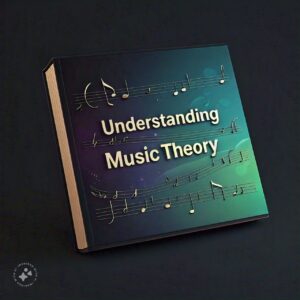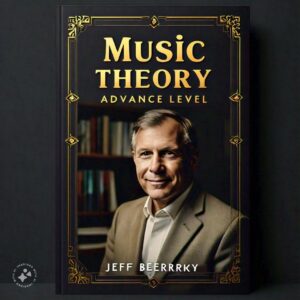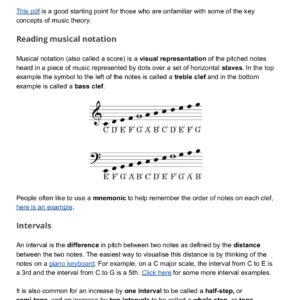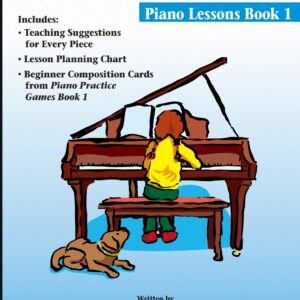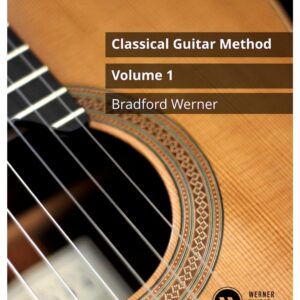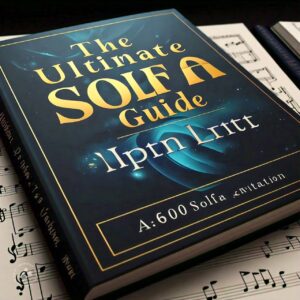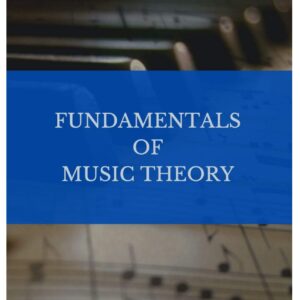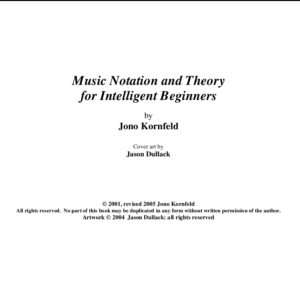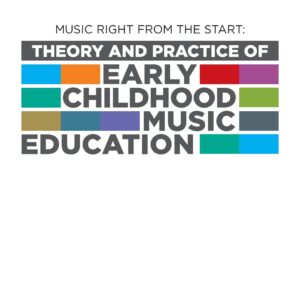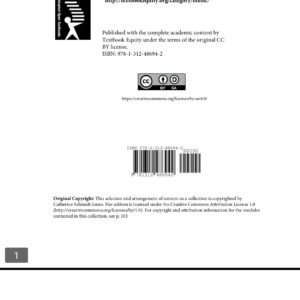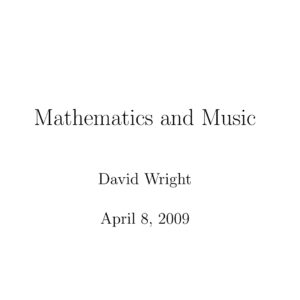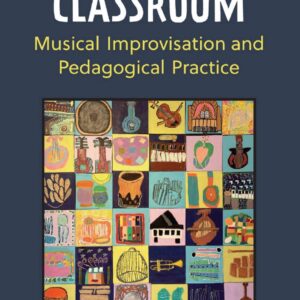Introduction to Music Theory (Article) by Joe Jones ( Free Music Ebook)
This pdf is a good starting point for those who are unfamiliar with some of the keyconcepts of music theory.Reading musical notationMusical notation (also called a score) is a visual representationof the pitched notesheard in a piece of music represented by dots over a set of horizontal staves. In the topexample the symbol to the left of the notes is called a treble clef and in the bottomexample is called a bass clef.This pdf is a good starting point for those who are unfamiliar with some of the keyconcepts of music theory.Reading musical notationMusical notation (also called a score) is a visual representationof the pitched notesheard in a piece of music represented by dots over a set of horizontal staves. In the topexample the symbol to the left of the notes is called a treble clef and in the bottom
- example is called a bass clef.
Classical Guitar Method Book (Free PDF)
- Classical Guitar Method Volume 1 by Bradford Werner. Free PDF sheet music for classical guitar (102 pages). This book teaches beginner guitar skills with a focus on the rich pedagogical tradition of classical guitar. Most learning objectives are covered through pieces and duets with free video lessons allowing students to perform full pieces from the first lesson. A qualified teacher or following the free lesson videos should provide students with a healthy start to playing music on the guitar. This is the 2020 edition.
The Utimate Solfa Guide – 600 Solfa Notation – J. Sam
Music ebooks, Ebook, Music Story ebooks, Piano E-books, saxophone ebook, violin ebook, vocal ebook, General Music E-book s
Fundamentals of music theory by Michael Edwards, John Kitchen, Nikki Moran, Zack Moir and Richard Worth
Welcome to this resource! We are so pleased to share these open licensed educationalmaterials, in which we deal with the building blocks of musical stave (sometimes known asstaff) notation, a globally recognised language that is designed to communicate musical ideas.The particular ideas and concepts that we cover here include scale, and key, andharmonisation, and metre. The content has been devised to introduce the basic symbols andconcepts the five-line stave, and to explain the ways that this notational system can be used torepresent and also to analyse musical sounds. The materials cover topics such as pitches andscales, intervals, metre, proceeding to more sophisticated topics of key, time signature,harmonisation, cadence and modulation.While the materials in this book begin from foundational principles of Western tonal musicnotation, what we teach here is really not all elementary. For decades and decades, thesetopics have been explained many times over in different media: In music lessons and lecturesand conversations, in concert halls and classrooms and homes; in educational televisionprogrammes; in informal homemade teaching materials by instrumental teachers; intextbooks and workbooks that can be found in bookshops and libraries around the world, and– for the past 20 years – in a proliferation of digital content and technologies. Ourcontribution in this particular resource includes video lectures and their transcripts,supporting text explanations and illustrations. We expect that you have your own reasons forseeking out this resource, and that every individual’s own prior musical experiences andbackground will create a unique context in which to make sense out of these materials. Onthis assumption, we have begun from basic first principles, but we have sought to explain theconcepts behind each topic in a critical and thoughtful way.There are lots of reasons you might be interested in these resources. The open licensingmeans that both students and educators can make use of the audiovisual, text, and imagesources that we share here. In terms of the content itself, the topics that we cover includepractical skills and knowledge. Depending on your existing practice or interests, these skillscould add an extra dimension or understanding to your musical life. Gaining fluency in bothreading and using music notation might give you access to new repertoires or deepen your


